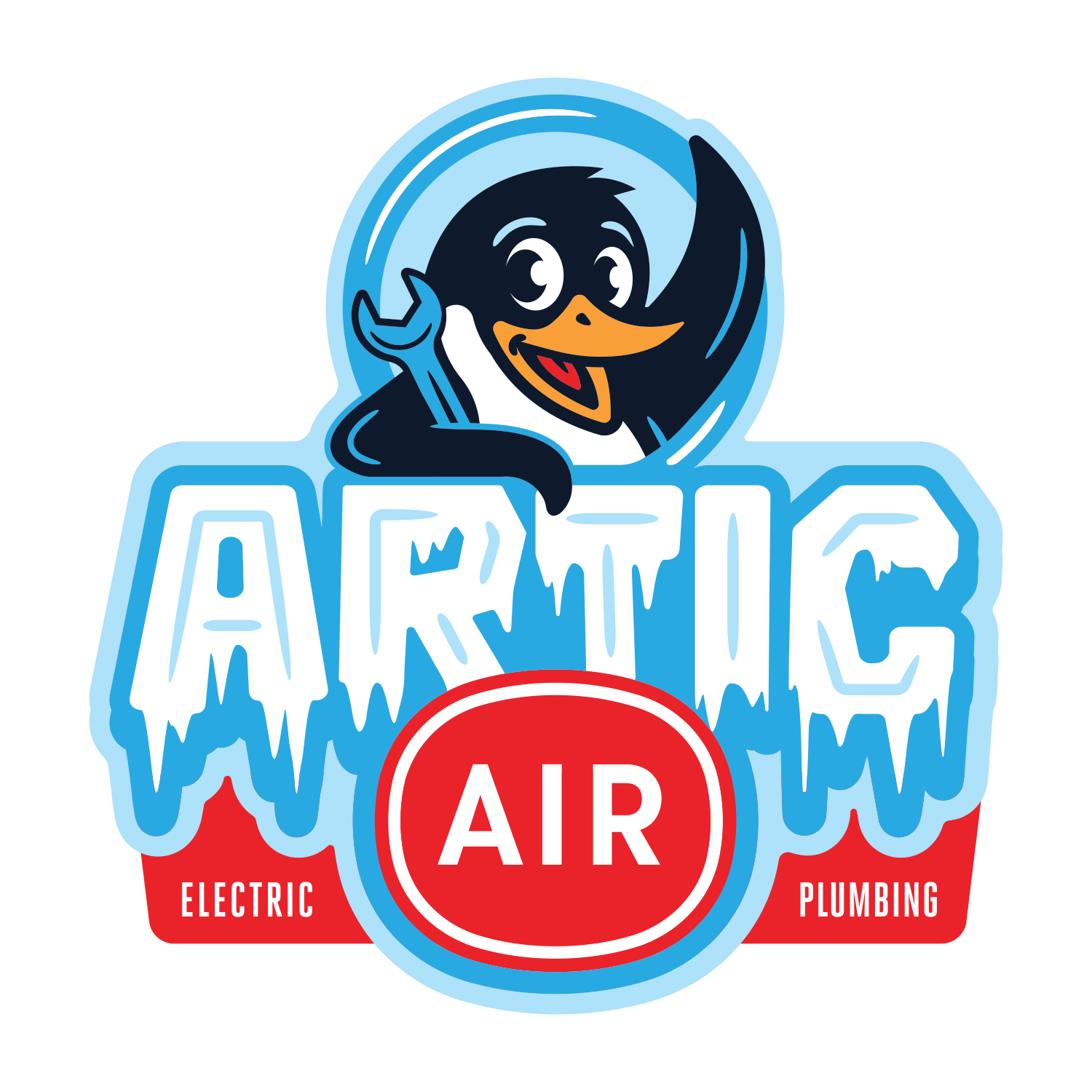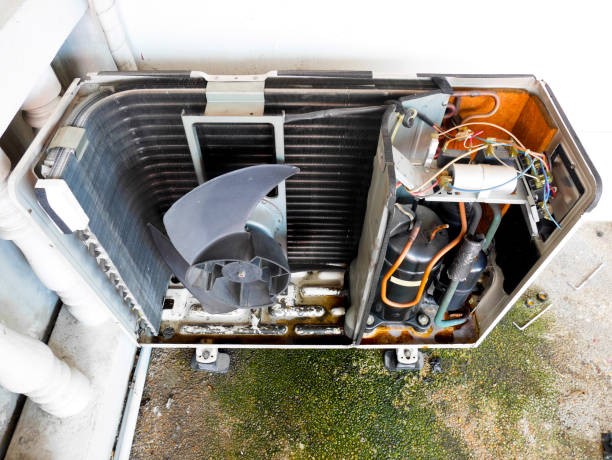As the summer heat rolls in, finding the right balance between indoor comfort and energy efficiency becomes a priority for many homeowners. While air conditioning typically takes center stage during the warmer months, there are situations where heating may still be necessary, such as cooler evenings or in regions with mild summer climates. Determining the optimal temperature to set your heat to in the summer involves considering factors like comfort, energy consumption, and indoor air quality. Let’s explore how to strike the perfect balance.
Understanding Summer Heating Needs
While it may seem counterintuitive to use heating during the summer, there are instances where it’s necessary for maintaining indoor comfort. For example, cooler nights or unexpected temperature drops can leave your home feeling chilly, prompting the need for supplemental heating.
Additionally, in regions with mild summer climates or during transitional seasons like spring and fall, heating may be required to take the edge off cooler temperatures without the need for full-blown air conditioning.
Factors to Consider
- Comfort Preferences: Comfort is subjective, and the optimal temperature for summer heating can vary from person to person. Some individuals may prefer a slightly warmer indoor environment, while others may be comfortable with cooler temperatures.
- Energy Efficiency: Setting your thermostat to a higher temperature during summer heating can help conserve energy and reduce utility costs. However, it’s essential to strike a balance between energy savings and comfort to avoid compromising indoor comfort levels.
- Indoor Air Quality: Higher indoor temperatures can exacerbate issues like humidity and poor air circulation, potentially impacting indoor air quality. Maintaining a moderate temperature and ensuring adequate ventilation can help mitigate these issues.
- Smart Thermostat Features: Many modern thermostats offer programmable settings and smart features that allow you to adjust temperatures based on time of day, occupancy, and other factors. Leveraging these features can help optimize comfort and energy efficiency.
Recommended Temperature Settings
While there’s no one-size-fits-all answer to the optimal temperature for summer heating, the U.S. Department of Energy recommends setting your thermostat to 78°F (25.5°C) when you’re at home and adjusting it higher when you’re away or asleep to save energy. However, these recommendations may vary based on personal preferences and regional climate conditions.
Additional Tips for Summer Comfort
Use Fans: Ceiling fans and portable fans can help circulate air and create a cooling breeze, allowing you to maintain comfort at higher thermostat settings.
Seal and Insulate: Ensure that your home is properly sealed and insulated to prevent heat loss or infiltration, helping maintain consistent indoor temperatures and reduce the need for heating.
Schedule Maintenance: Regular HVAC maintenance can ensure that your heating system operates efficiently and effectively when needed, reducing energy consumption and prolonging system lifespan.
Finding the optimal temperature for summer heating involves balancing comfort, energy efficiency, and indoor air quality. By considering factors such as personal preferences, energy-saving strategies, and smart thermostat features, you can create a comfortable indoor environment while minimizing energy consumption and costs. Whether you’re dealing with cooler nights, mild summer temperatures, or transitional seasons, adjusting your thermostat settings thoughtfully can help you stay comfortable without breaking the bank.

